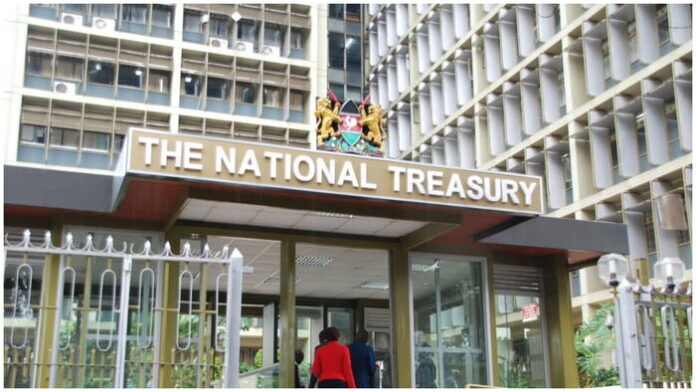By Michelle Ndaga
Kenya’s public debt has surged to KSh 11.81 trillion, equivalent to 67.8 percent of GDP as of June 2025, up from 63 percent the previous year, according to the National Treasury. The sharp rise highlights growing fiscal strain amid high repayment obligations and sluggish revenue growth.
Of the total debt, KSh 6.33 trillion is domestic while KSh 5.48 trillion is external, owed to multilateral lenders, bilateral partners, and commercial creditors. In the 2024/25 fiscal year, the government spent KSh 1.72 trillion on debt servicing about 70 percent of total revenue leaving limited room for essential development spending.
To contain the pressure, the Treasury says it will rely more on concessional borrowing, extend maturities, and refinance high-interest loans. However, rising debt has drawn concern from global lenders and economic analysts, prompting calls for stronger revenue measures.
The World Bank has advised Kenya to raise more domestic revenue through adjustments to Value Added Tax (VAT) and excise duty. In its latest fiscal review, the Bank said expanding the tax base or slightly increasing VAT could help clear pending bills, which rose from KSh 421.6 billion in March to KSh 526 billion by June 2025.
The proposal has sparked debate, with business groups and consumer lobbies warning that higher taxes would further strain households already battling high living costs. They argue the government should prioritize cutting wasteful spending and improving tax compliance instead.
Kenya’s debt situation remains under close watch by international partners, including the IMF, with discussions scheduled in Washington next week on a possible new lending program to support debt sustainability.
As fiscal pressures mount, policymakers face a delicate balance between stabilizing public finances and protecting citizens from additional economic hardship.



















